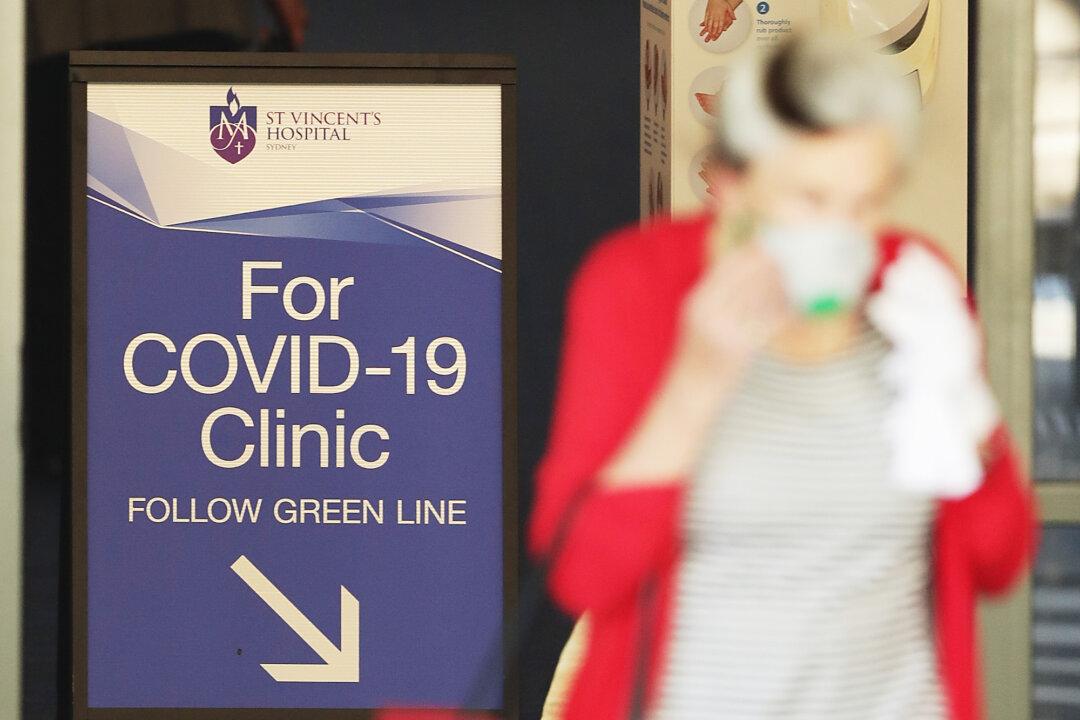Australia saw fewer organ donations and transplants in 2020 than the previous year due to the impact of the CCP virus, commonly known as novel coronavirus.
According to 2020 data revealed by the Commonwealth’s Organ and Tissue Authority (OTA) there was a 12 percent decrease in the number of people receiving a transplant and a 16 percent decrease in the number of donors compared to 2019.





